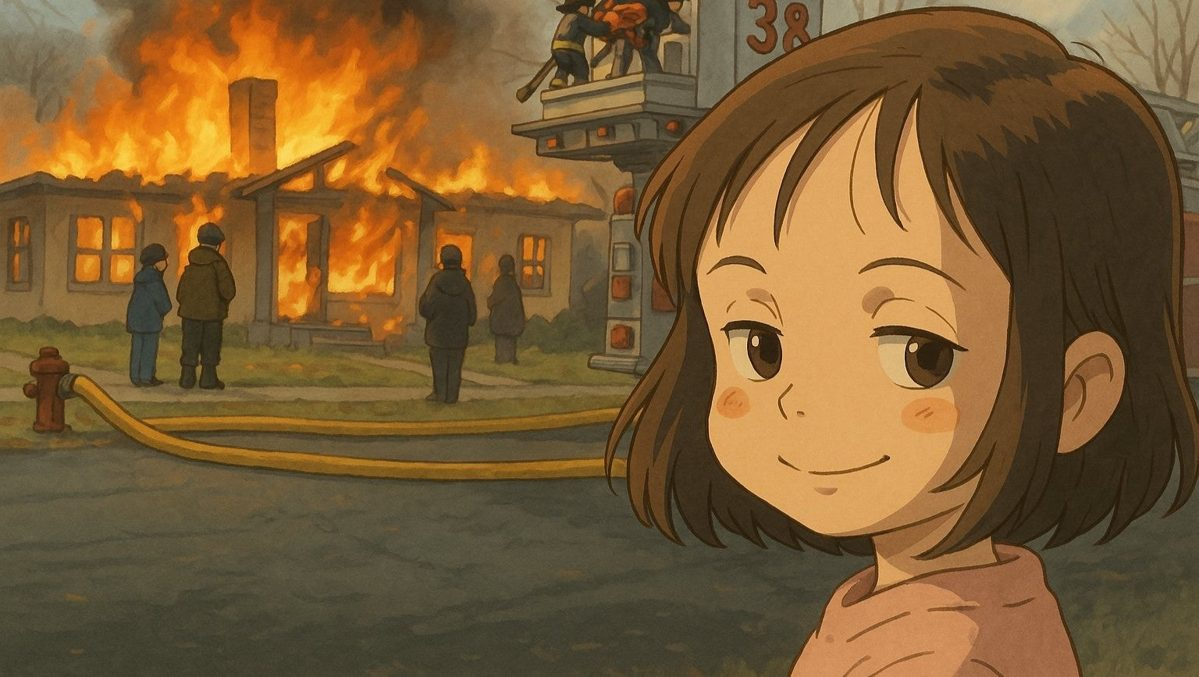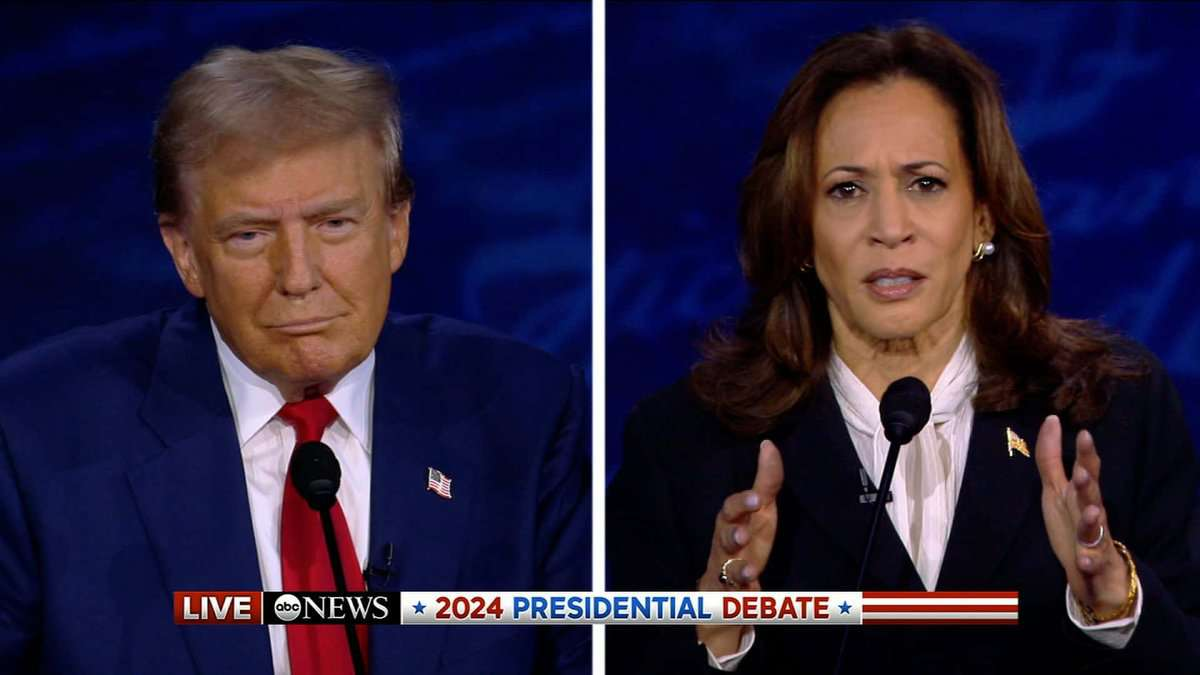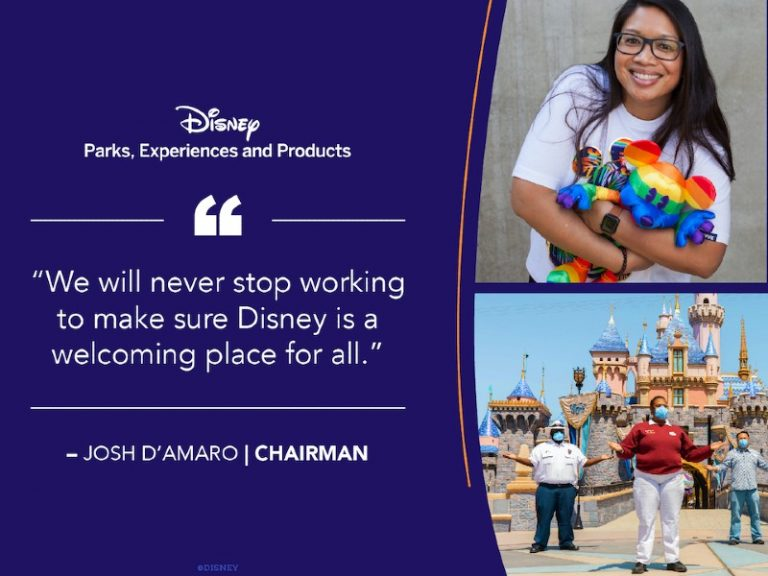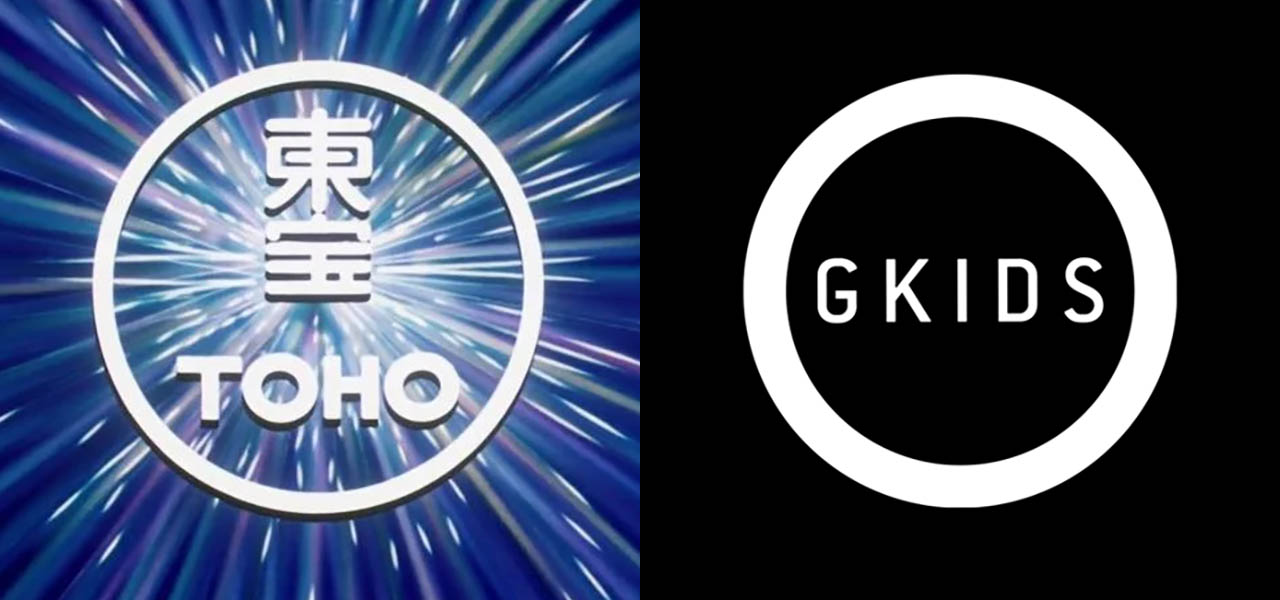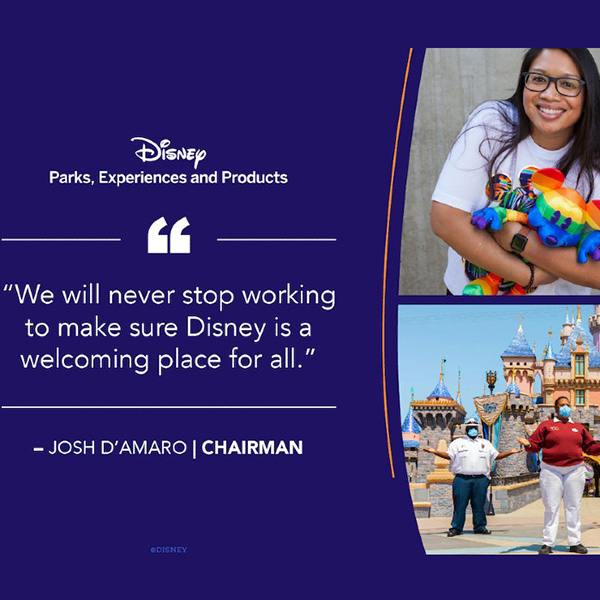Studio Ghibli AI images are capturing the imagination of fans and artists alike thanks to the recent OpenAI updates that allow for AI-generated art reminiscent of the beloved animated films created by Hayao Miyazaki and his team. With the launch of the new ChatGPT capabilities, users now have the ability to craft prompts that transform ordinary photos into whimsical representations of iconic Ghibli characters, breathing new life into their cherished memories. This development has sparked a wave of creativity on social media platforms, with users enthusiastically sharing their AI-generated transformations of scenes from Spirited Away, Princess Mononoke, and My Neighbor Totoro. However, this trend comes with the contentious backdrop of copyright concerns that surround the use of distinct art styles that professional animators have honed over many years. As Miyazaki’s reaction to AI-generated art demonstrates, the intersection of technology and creativity continues to spark important conversations within the community.
The rise of AI-generated visuals inspired by Studio Ghibli’s enchanting art has opened a fascinating chapter in the discourse on digital creativity. With advanced tools allowing everyday individuals to recreate the magical essence of Ghibli films, there’s an undeniable allure in seeing oneself as a character from these beloved narratives. This phenomenon has been fueled by the latest updates from OpenAI, which enhance the potential for crafting detailed, photorealistic interpretations that pay homage to the original style cultivated by Miyazaki over decades. As the world grapples with the implications of this technological shift, discussions abound about what it means for art, culture, and copyright in our increasingly digital landscape. The reactions to Ghibli-inspired AI art may ultimately shape the future interactions between technology and traditional artistry.
The Evolution of AI-Generated Art
In recent years, the advent of AI technology has transformed the landscape of creative arts, enabling artists and non-artists alike to produce captivating visuals with minimal effort. The latest OpenAI developments have been pivotal to this evolution, particularly the new ChatGPT update, which proclaims its ability to generate images that are not only artistic but also photorealistic. With the inclusion of **Studio Ghibli AI images** in the conversation, we see how traditional techniques can blend with modern technology, sparking debates around copyright and artistic integrity.
As people experiment with capabilities like AI-generated art, they reshape their understanding of creativity, prompting discussions that delve deeper into the consequences for professional animators. The new tools foster a culture where anyone can envision themselves as a character from iconic Ghibli films like *My Neighbor Totoro* or *Spirited Away*. This democratization of art, however, raises critical questions about the skill, time, and emotional labor involved in traditional animation that AI-generated methods often overlook.
Miyazaki’s Stance on AI and Art
The legendary animator Hayao Miyazaki, co-founder of Studio Ghibli, has been vocal in his opposition to AI and the automation of artistic processes. His firmly held belief that art should reflect deep human experiences stands in stark contrast to the AI-generated content that lacks the authenticity and emotional depth that defines true artistry. In a poignant moment captured in NHK’s documentary, Miyazaki shared his dismay at AI, equating it with a lack of understanding for the pain and struggle that informs real-life experiences.
Miyazaki’s views resonate deeply within the animation community, where the laborious effort behind each frame is the very essence of the craft. The intricate beauty of Ghibli films comes from painstaking attention to detail, which entails countless hours of hand-drawn animation. His anecdotes, which have since become widely quoted, expose the flaws of relying on AI as a substitute for genuine artistic expression, reminding fans and critics alike of the value of human touch in creativity.
The Impact of Social Media on Art Trends
With platforms like X/Twitter leading the charge, social media significantly influences emerging art trends, including the growing fascination with AI-generated images. During the recent stir caused by OpenAI’s update, users began showcasing their transformed portraits as Ghibli characters, creating a viral frenzy that demonstrates the immediacy with which digital culture can shape artistic conversations. This phenomenon highlights the potential for AI to inspire creativity while simultaneously igniting fierce debates about originality and ownership.
Social media’s role as a double-edged sword becomes apparent when we consider how it both promotes and undermines traditional artistry. While it allows for widespread sharing of creative works and fosters a sense of community, it can also trivialize the hard work of skilled artists, many of whom invest years honing their craft. As the online Ghibli AI images trend continues, it forces a reckoning between appreciation for established art forms and an evolving dialogue about the future of art in the age of technology.
Art and Copyright in the Age of AI
As AI-generated artworks gain traction, the lines between inspiration and copyright infringement blur, prompting important discussions in the artistic community. The ability of AI to mimic styles, as seen with *Studio Ghibli*’s unique aesthetics, poses significant challenges for creators fighting to protect their intellectual property. These developments have led authors, animators, and the broader artistic community to call for clearer guidelines regarding the use of AI in creative contexts to ensure that original artists maintain their rights.
The recent controversies surrounding AI tools highlight existing tensions within the industry. Ghibli characters and the essence of Miyazaki’s films become unintentional subjects of AI parody, raising concerns about the long-term implications for established artists. As these debates unfold, the need for comprehensive policies that safeguard artistic originality becomes increasingly crucial, promoting a balance between innovation and respect for the efforts of human creators.
Understanding the Ghibli Aesthetic
Studio Ghibli’s aesthetic is defined by a blend of whimsical storytelling, rich character development, and breathtaking visual artistry. Each film, hand-drawn with striking watercolors, showcases an incredible attention to detail that transports audiences to fantastical realms. This signature style is not only a hallmark of Miyazaki’s work but also an enduring element of global animation that inspires countless artists and animators.
As discussions about *Studio Ghibli AI images* gain momentum, it is essential to recognize the quality and depth that animators bring to their projects. With painstaking efforts involving thousands of hand-drawn frames, the animation process is as much about the journey as it is about the final product. The Ghibli aesthetic underscores the connection between art and emotion, a crucial factor often lost in the algorithms that drive AI-generated art.
AI Art and the Democratization of Creativity
The rise of AI art creation tools has sparked an intriguing transformation in how creativity is accessed and conducted. With the chatbots fueled by recent OpenAI updates, individuals now enjoy the ability to translate their thoughts into art without the traditional barriers of skill or experience. This has led to discussions about the potential democratization of art, where anyone can create, share, and critique works that were previously the domain of trained professionals.
However, this democratization is not without its controversies. While many hail AI-generated art for its accessibility, some artists argue that it dilutes the value of traditional artistry, where years of dedication go unappreciated in the digital landscape. As enthusiasts flood Facebook and Instagram with their Ghibli-style transformations, the discourse around the ethical implications of such creativity ebbs and flows, reminding us that innovation in technology must be balanced with respect for the time-honored traditions of artistic endeavor.
Cultural Reactions to AI-Generated Ghibli Style
The public’s reaction to the emergence of AI-generated Ghibli-style art has been met with a mixture of appreciation and skepticism. Social media platforms have enabled fans to showcase their AI-regenerated images, leading to both awe and criticism among their peers. This cultural conversation reflects a broader ambivalence towards new technologies that challenge the authenticity of traditional craftsmanship in animation.
Furthermore, some high-profile figures, including members of the artistic community, express reservations about the legitimacy of AI in creative domains. As the Ghibli aesthetic finds itself the focal point of this evolving debate, understanding the cultural responses is essential in navigating the implications of AI-generated visuals within the animation landscape. The discussion around whether AI can truly replicate the emotional resonance of works by artists like Miyazaki remains open, inviting inputs from many stakeholders involved in the future of creativity.
Defining the Future of Animation with AI
As we stand at the crossroads of technology and artistry, the integration of AI within the animation industry promises a radically different future. The latest updates from OpenAI prove to be a catalyst for change, inviting creators and technologists alike to explore new opportunities within the art world. With tools capable of generating detailed images inspired by styles like those from Studio Ghibli, the potential for innovation is boundless, as it opens new doors for storytelling.
However, as the industry embraces advancements, it must grapple with a crucial question: How do we maintain the soul of animation while leveraging AI’s abilities? The industry can navigate this uncharted territory by promoting collaborations that honor traditional techniques while incorporating technological advances. The way forward requires a commitment to upholding the artistic integrity essential for future generations of animators, ensuring that both human creativity and artificial intelligence coexist, enhancing the realms of imagination.
The Balance Between Technology and Tradition
In light of the increasing advances in AI-generated art, striking a balance between technological innovation and traditional artistry has become a contemporary challenge. While AI tools offer exciting prospects for the creative process, they also risk overshadowing the dedication and passion that human artists invest in their work. The rich heritage of animation, encapsulated in the painstaking detail of Studio Ghibli films, illustrates the uniqueness of human touch, which could be lost amidst an AI-driven landscape.
The ongoing dialogue around AI’s role in artistic creation highlights the necessity for a robust conversation about who’s defining the future of animation. As a collaborative landscape emerges, we must strive to integrate AI in a way that celebrates the ethos of craftsmanship revered by artists like Miyazaki. Achieving a harmonious coexistence will allow for the enrichment of both tradition and innovation, paving the way for a new era of animation that draws strength from both realms.
Frequently Asked Questions
What are Studio Ghibli AI images and how can they be generated?
Studio Ghibli AI images refer to artwork created using AI that mimics the style of films by Studio Ghibli, such as those directed by Hayao Miyazaki. With the recent OpenAI updates, users can now generate images resembling Ghibli characters and aesthetics by inputting prompts into ChatGPT, utilizing its new AI-generated art capabilities.
How has OpenAI’s update impacted the creation of Studio Ghibli AI images?
The latest OpenAI update has significantly advanced the ability to create Studio Ghibli AI images, allowing for more precise and photorealistic outputs. This democratization of art has led to a trend where users are transforming their photographs into Ghibli-style illustrations, harnessing AI-generated art technology that OpenAI has now embraced.
What is Hayao Miyazaki’s view on AI-generated art related to Studio Ghibli?
Hayao Miyazaki has been vocal about his disdain for AI-generated art, considering it an ‘insult to life itself.’ His perspective reflects a broader concern regarding AI’s implications on traditional art forms, particularly against the backdrop of the recent trend in creating Studio Ghibli AI images.
Are there any legal concerns surrounding the use of OpenAI to create Studio Ghibli AI images?
Yes, there are potential legal concerns related to copyright infringement when using OpenAI to create Studio Ghibli AI images. Although Studio Ghibli has not taken action yet, the studio’s dedication to animated artistry and the ethical implications of AI in art could prompt future legal discussions.
What makes Studio Ghibli images unique, and how does AI struggle to replicate that?
Studio Ghibli images are characterized by hand-drawn details and emotional depth cultivated over years of dedication by artists. Each frame requires extensive work, making them unique. While AI-generated art can mimic the style, it often lacks the nuanced expression and labor-intensive craftsmanship that defines Ghibli’s appeal.
How can users create images of themselves in Studio Ghibli art style with AI?
Users can create their own Studio Ghibli-style images by using the new features in OpenAI’s ChatGPT to generate prompts that specify the desired art style. By uploading their photos and selecting character traits inspired by Ghibli films, users can produce their AI-generated portrait resembling popular Ghibli characters.
What are the ethical implications of generating Studio Ghibli AI images using OpenAI?
The ethical implications include concerns about copyright infringement, the potential devaluation of traditional artistry, and the moral responsibilities of AI creators. Generating Studio Ghibli AI images raises questions about the respect for original artwork and the dedication that professional animators invest in their craft.
What has been the public reaction to Studio Ghibli AI images since the OpenAI update?
Since the OpenAI update, the public reaction has been mixed, with many expressing excitement over the ability to generate Studio Ghibli AI images, while others, including industry professionals and fans of traditional animation, are concerned about the implications for copyright and the perceived loss of artistry in favor of technology.
Can you provide examples of popular characters featured in Studio Ghibli AI images created by OpenAI?
Popular characters featured in Studio Ghibli AI images include Spirited Away’s Chihiro, Princess Mononoke’s San, and My Neighbor Totoro’s Totoro. Users are transforming their images to resonate with the aesthetics of these beloved Ghibli figures, thanks to the advanced capabilities of recent AI technologies.
| Key Points | Details |
|---|---|
| OpenAI’s Update | The recent ChatGPT update allows users to create images in styles similar to Studio Ghibli. |
| User Reactions | Online trends show users transforming photos into Ghibli-style characters, prompting both excitement and controversy. |
| Copyright Concerns | The update raises issues of copyright infringement, especially in relation to professional artists and animators. |
| Miyazaki’s Stance | Hayao Miyazaki has expressed strong disapproval of AI-generated art, calling it an “insult to life itself.” |
| Future Actions | There is speculation about potential legal actions from Studio Ghibli against OpenAI. |
Summary
Studio Ghibli AI images have recently sparked a mix of excitement and controversy in the art community. Following OpenAI’s new update, users can now create images reminiscent of the beloved Studio Ghibli art style. While this democratization of animation invites creative expression, it also raises significant ethical concerns regarding copyright infringement and the values that professional animators uphold. With Hayao Miyazaki’s clear disdain for artificial intelligence in art, the dialogue surrounding AI-generated Studio Ghibli images continues to evolve, prompting a critical examination of the balance between innovation and respect for traditional artistry.
